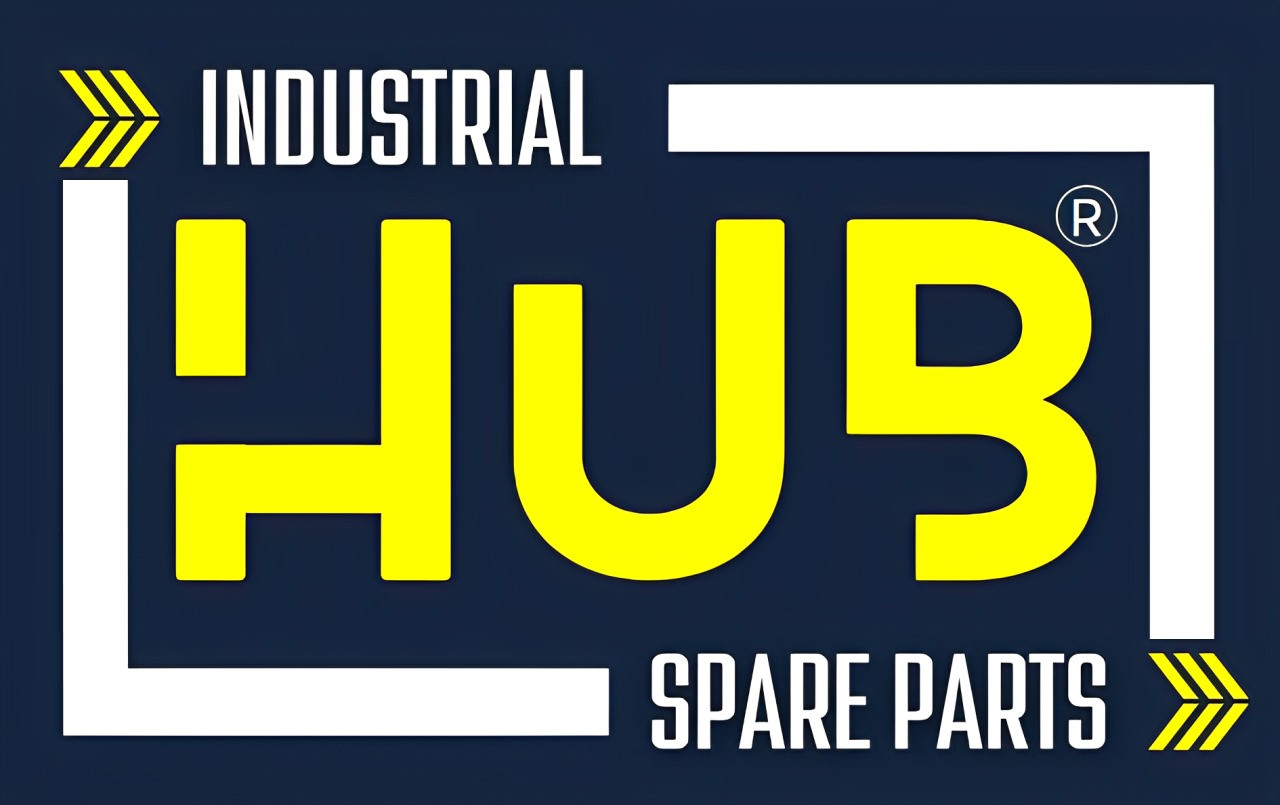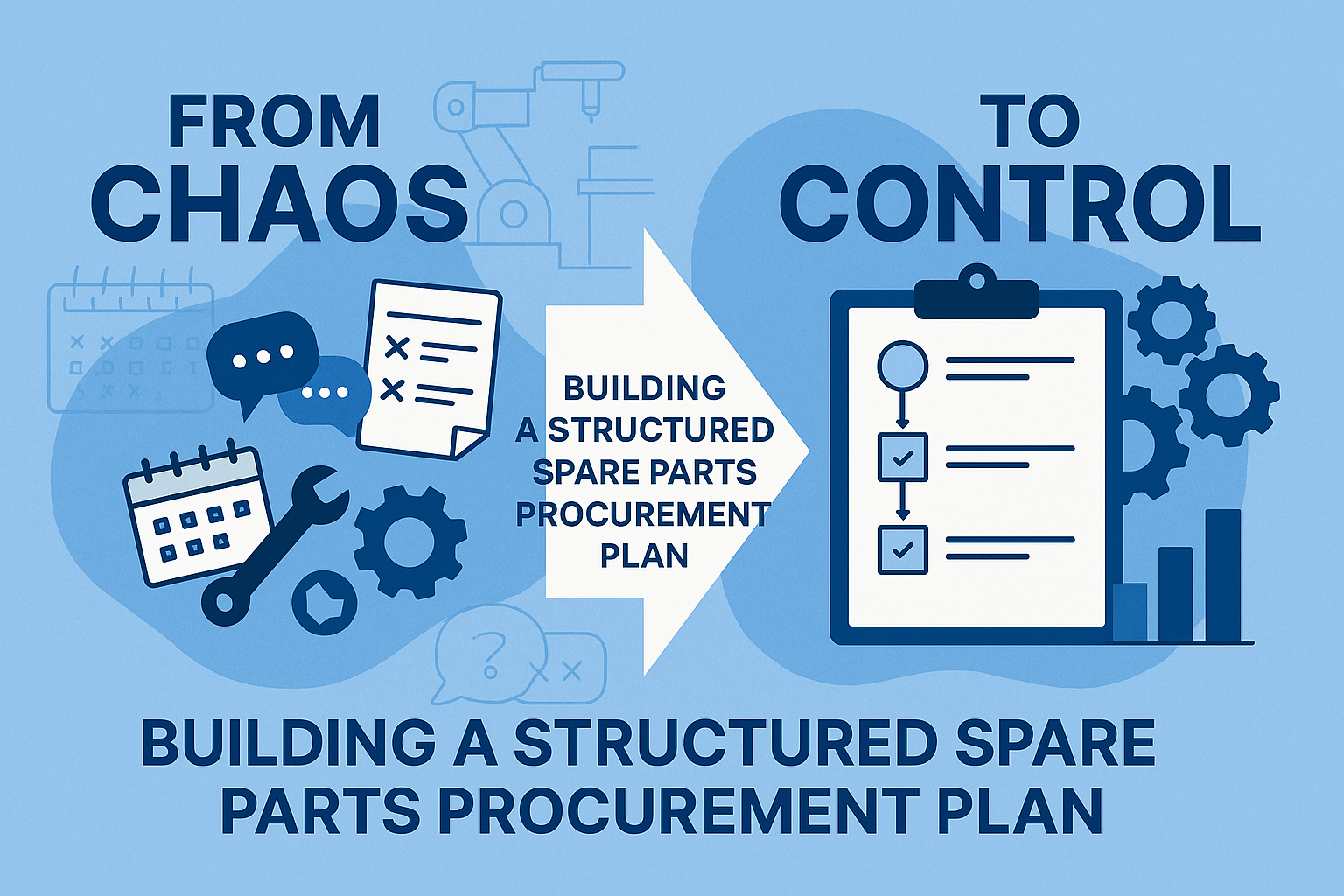No Item in Cart
From Chaos to Control: Building a Structured Spare Parts Procurement Plan
Introduction
Does your team still rely on WhatsApp messages, last-minute calls, or Excel sheets to manage spare parts purchases? If so, you’re not alone — but you’re also at risk of stockouts, overstocking, inflated costs, and production delays.
It’s time to move from chaos to control with a structured spare parts procurement plan tailored for industrial operations.
In this step-by-step guide, we’ll show you how to build a smart, streamlined procurement process — and how the HUB Industrial Procurement Ecosystem supports every step.
🧭 Step 1: Audit Your Existing Spare Parts Inventory
Why it matters: You can’t manage what you can’t see.
Action: List all spare parts in use, including frequency of use, lead times, current stock levels, and criticality.
HUB Solution: HUB allows you to upload and track your inventory data for better visibility and forecasting.
🛠️ Step 2: Categorize Spare Parts by Criticality & Usage
Why it matters: Not all parts are equal — a control relay and a PLC CPU don’t carry the same risk if unavailable.
Action: Use ABC or VED (Vital–Essential–Desirable) analysis to rank parts.
HUB Solution: HUB helps tag parts and assign levels to facilitate smarter reorder logic and budget planning.
📅 Step 3: Create a Procurement Schedule
Why it matters: Scheduling parts procurement around maintenance and consumption patterns prevents chaos.
Action: Align purchases with planned downtime, seasonal demand, and lead times.
HUB Solution: HUB’s scheduling feature allows you to automate procurement cycles and set alerts.
📋 Step 4: Establish a Multi-Level Approval Workflow
Why it matters: Without structure, engineers buy unapproved or overpriced parts.
Action: Define roles: Engineers (request), Managers (review), Procurement (budget), Finance (approve).
HUB Solution: HUB enables a tiered workflow for requests, reviews, and approvals — fully trackable.
🧾 Step 5: Choose Verified Suppliers with Historical Data
Why it matters: Working with unreliable vendors leads to delays and quality issues.
Action: Build a database of trusted vendors with historical performance indicators.
HUB Solution: HUB hosts multi-vendor listings with ratings, price comparisons, and availability filters.
📊 Step 6: Monitor, Analyze, and Improve
Why it matters: The best plans are dynamic. Review what's working and adjust.
Action: Use KPIs like lead time, stock turnover, emergency purchase ratio, and part consumption trends.
HUB Solution: HUB provides AI-powered analytics dashboards to guide continuous improvement.
✅ Conclusion
A structured procurement plan is no longer a luxury — it’s a necessity for industrial performance. By organizing inventory, scheduling smarter purchases, involving the right people, and analyzing data, your spare parts strategy becomes a source of competitive advantage.
HUB brings all of this together in one platform — from planning and approvals to supplier matching and analytics.
🔗 Start planning with HUB : www.HUBSpareparts.com
🔗 Schedule a free consultation: WhatsApp chat














